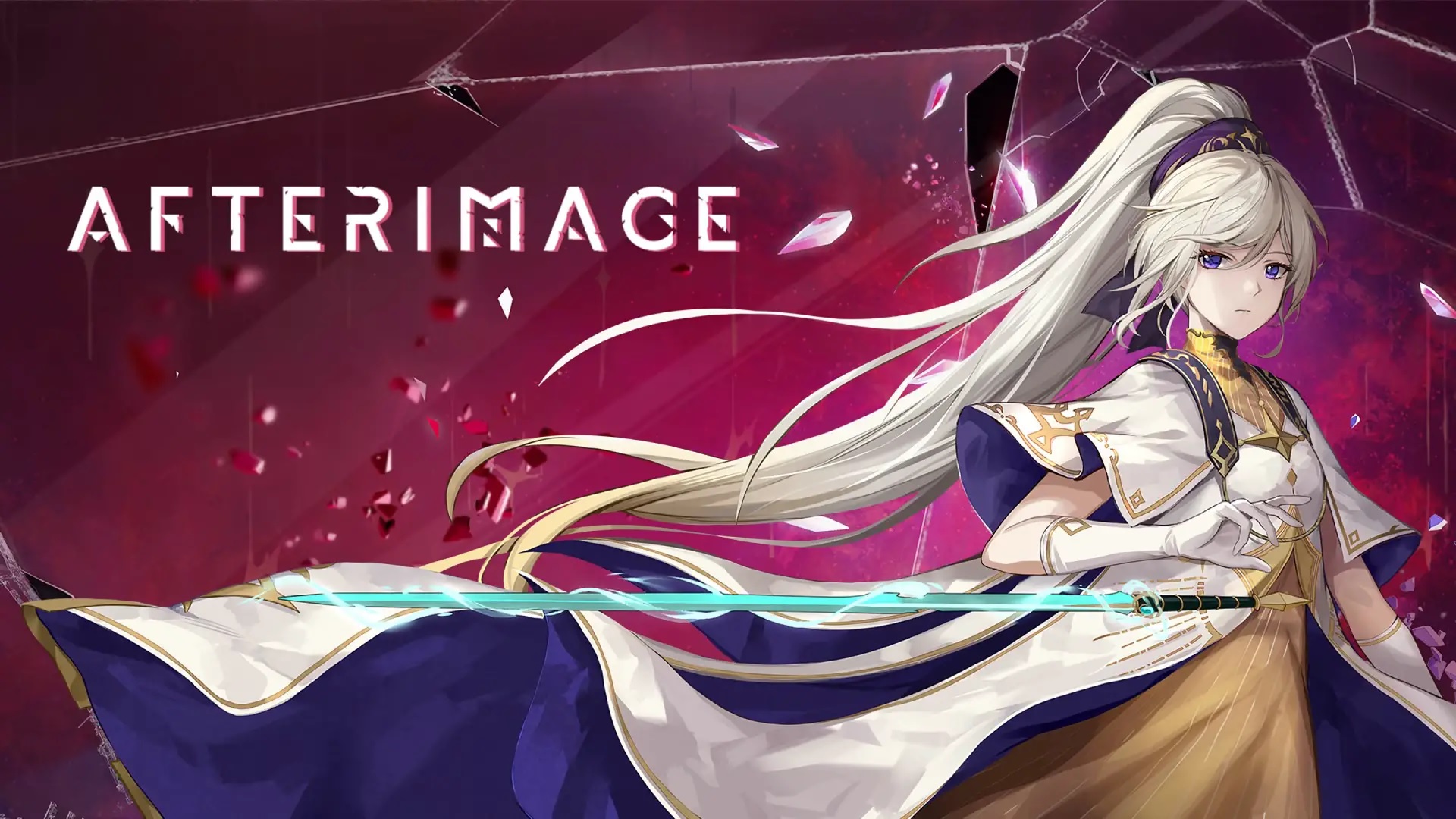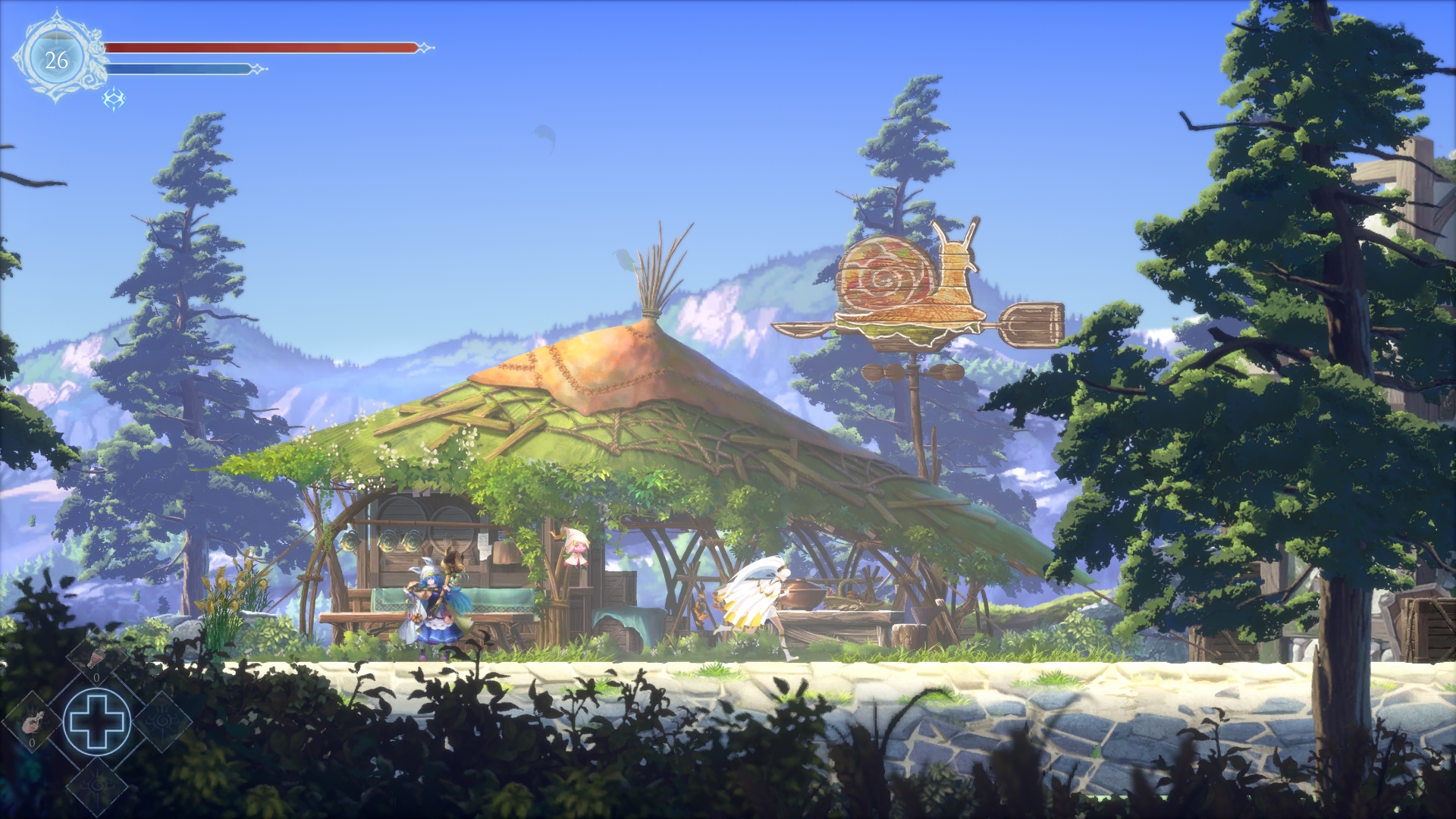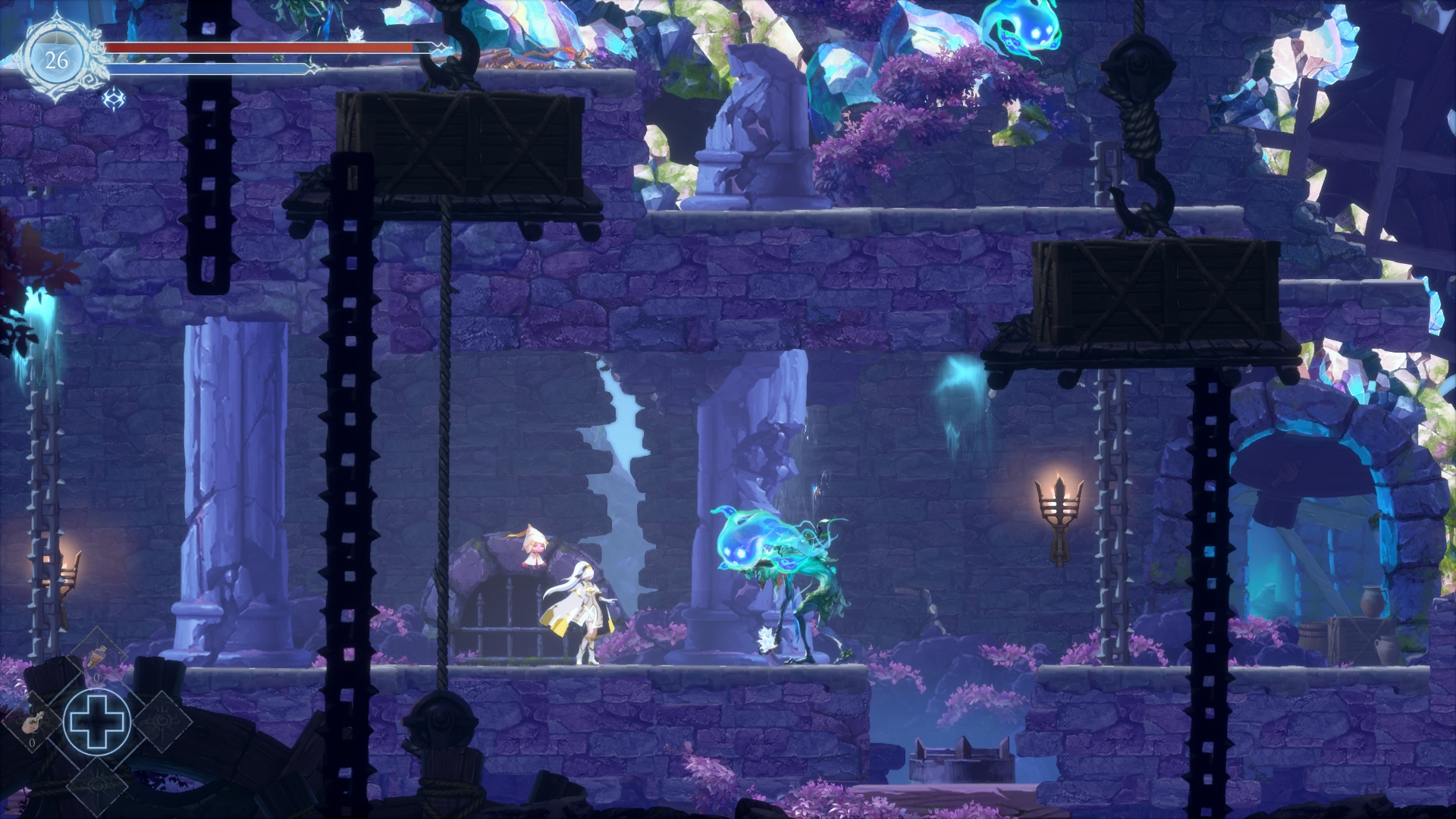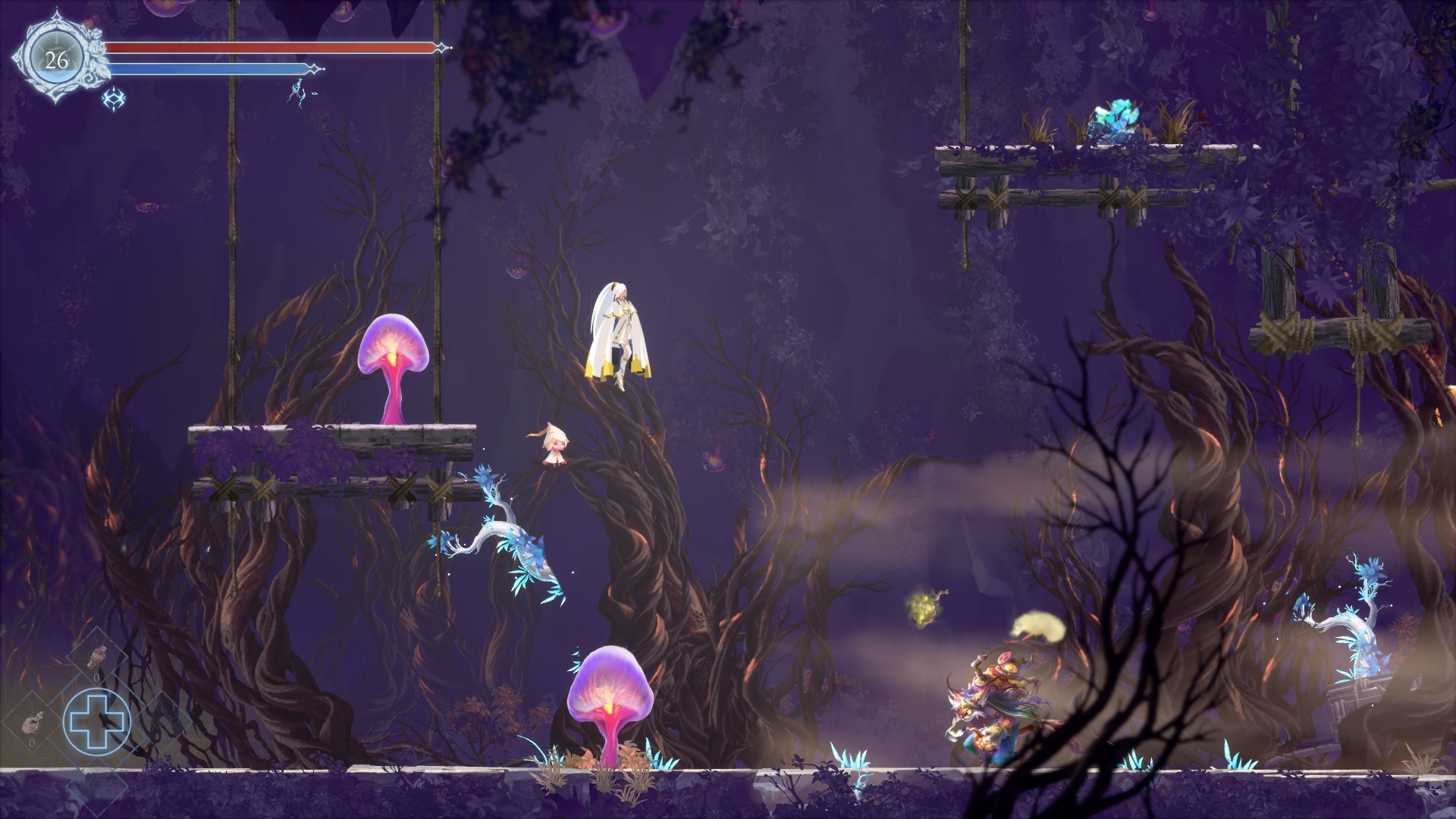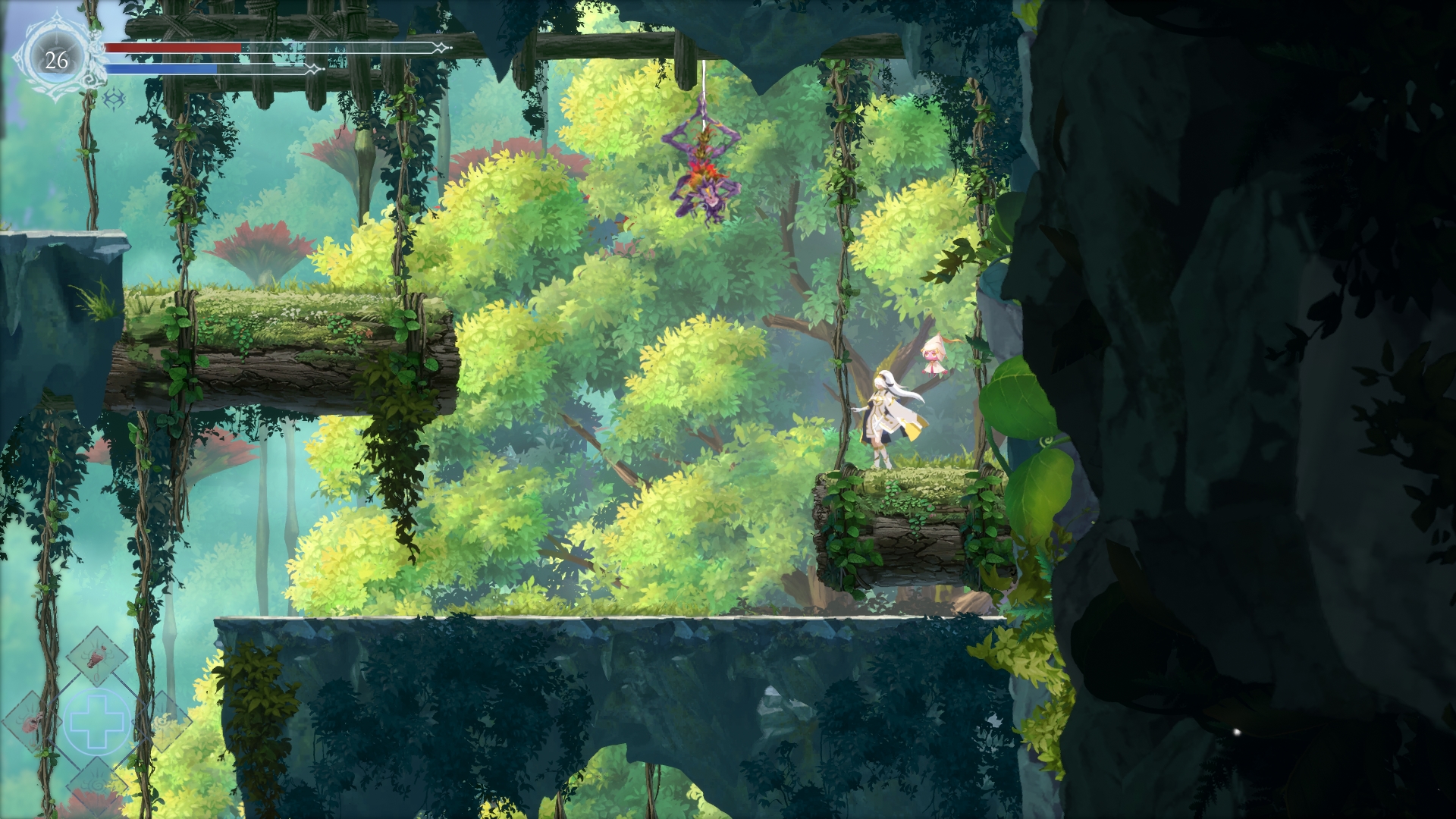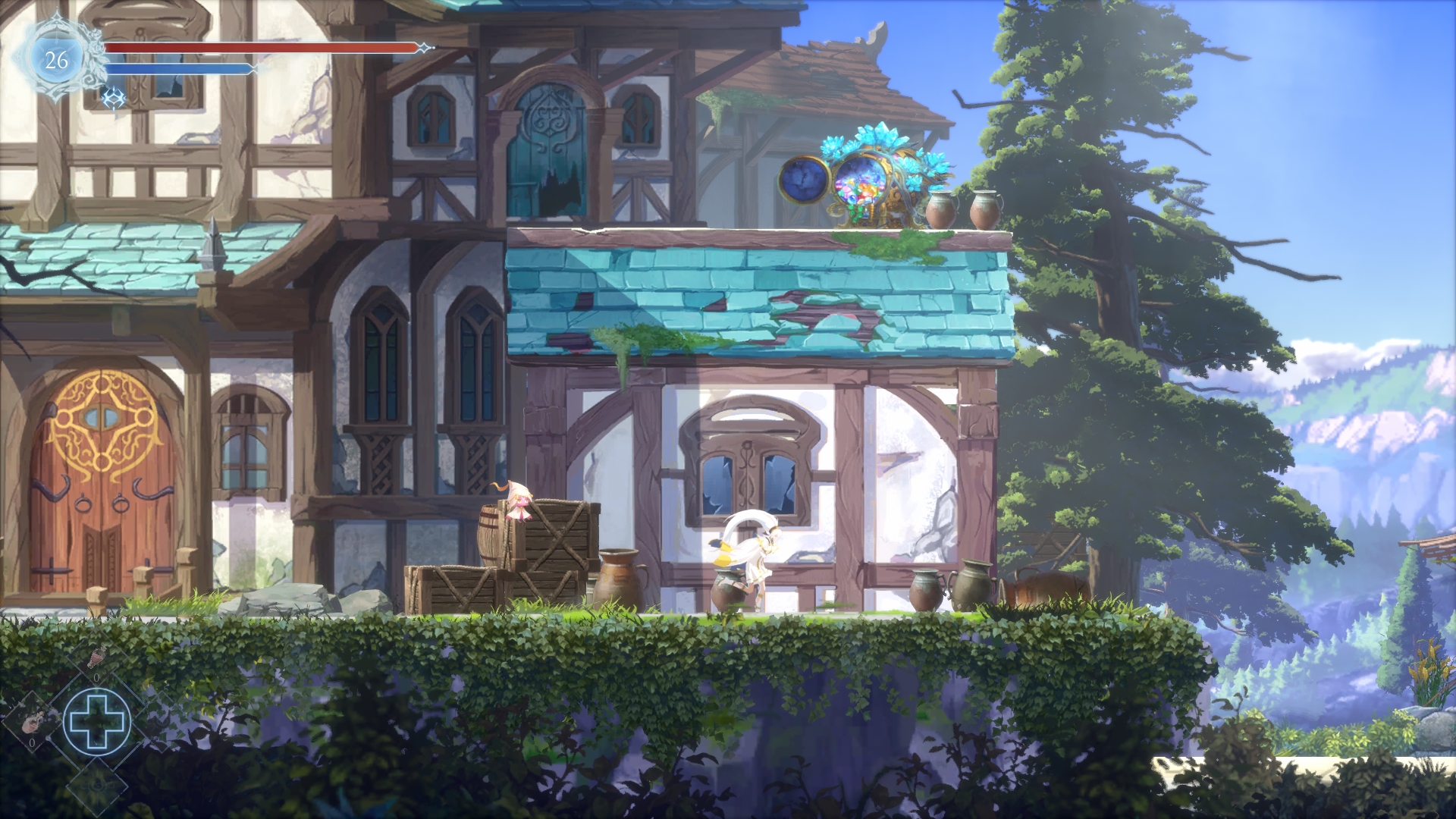Afterimage is a 2D Metroidvania with just a little Souls-like inspiration added to it. The game features beautiful hand-drawn graphics and tight gameplay.
I previewed Afterimage a while ago, and my main worry was that it couldn’t set itself apart from other Metroidvanias. I was hoping that the game would open up and become a lot more than it was in the demo, but I was unfortunately wrong.
It’s almost commendable how focused the game is on its simplicity; there are some very small influences from other genres here and there, but Afterimage sticks to the Metroidvania formula too closely, making the game somewhat dull.
It doesn’t feel good to rag on a game for being simple; not everything needs to be bloated with systems like Warframe, but at the same time, I fail to see how Afterimage would separate itself from the other hundreds of games in the genre.
This is a review coupled with a supplemental video preview. You can watch the video preview or read the full review of the below:
Afterimage
Developer: Aurogon Shanghai
Publisher: Modus Games
Platforms: PlayStation 5, PlayStation 4, Xbox One, Xbox Series X/S, Nintendo Switch, and Microsoft Windows (Reviewed)
Release Date: April 25th, 2023
Players: 1
Price: $29.99
The game’s upgrades are called Afterimages, and a lot of them are uninteresting, like the one that makes you walk slightly faster. These are not meant to be confused with your talents, which give skills to your weapon of choice.
The player can choose between a sword, greatsword, whip, scythe, and dual blades. I wouldn’t say the difference is massive; I feel like I could beat the game with any weapon just fine, but having the choice is nice, especially since the default weapon, the sword, is a bit too simple.
Afterimage‘s combat mostly picks up in pace at level 15, when the player unlocks weapon skills. Before that, the player’s weapon choices will dictate how engaging combat is. I personally found the katana and dual blades to be a fun combination without skills, but weapons like the sword and greatsword feel largely incomplete without their extra moves.
Your range of Metroidvania upgrades are also all here: a double jump, ground pound, ground slide, dash, etc. None of them change combat completely, but every new boss has a move that is meant to be avoided with your newest skill, so the upgrades can at least see some combat usage.
Combat has a heavy emphasis on countering; almost every enemy has a move that can be interrupted or turned against them if you time an attack correctly. It’s one of the things that constantly gets shown on the game’s store page, and for a good reason; it feels really good to pull off.
I can’t say I’m the biggest fan of being hurt when touching enemies, especially in a game where enemies attack frequently. Boss fights end up becoming a game of dodging the boss rather than their actual attacks, I did enjoy them, but contact damage shouldn’t be this high. This also makes shorter-ranged weapons like the dual blades unnecessarily risky.
Magic is barely explored; most spells are just horizontal projectiles that cost more than half of your mana bar, so I barely remembered to use them. They do good damage but you’ll get to use them very infrequently.
The plot follows Renee, a warrior who lays the dead to rest so they don’t come back as powerful revenants. Renee works under a powerful mage, and her master’s soul being stolen is what kickstarts the whole game.
A lot of the important NPCs just talk at you, it feels like there is a plot going on, but the player is never really brought into it, a lot of the dialogue is cryptic and doesn’t really help with connecting the plot together.
Afterimage‘s themes of life and death are also somewhat reflected in gameplay, with a “souls-lite” (yes, I’m coining that term) system where the player can go to the spot they died and regain their lost experience. Enemies also respawn when resting, much like how bonfires work in the Souls series.
Each area has a level attached to it, like in a proper RPG, but I randomly found some enemies that could kill me in a single hit. I leveled up my defenses and ran into the same enemies in another place, realing that they didn’t kill me instantly, I thought that choosing defensive talents had worked. After backtracking, those enemies could still one-shot me, despite being on the same map and having no indication that they were somehow different.
It turns out they were defending a later area that can be unlocked when the player has a ground pound. It’s depressingly bad game design to block an area with enemies that are familiar to the player but happen to be of a much higher level, which the player can’t know.
Despite that, it’s difficult to get mad at the game for too long, as it makes up for its flaws with beautiful level design and fun boss encounters.
Afterimage has some astounding environments and backgrounds, as well as a very soothing soundtrack. The game’s art direction is spot-on, and the animations for both Renee and the enemies are very fluid. The animations for the bosses are especially impressive, and their moves are telegraphed clearly, which makes fights a fun dance of dodging and looking for an attack window.
The level design is mostly straightforward and doesn’t suffer from the usual Metroidvania problem of making the player wander around looking for the next area; everything is connected well, and the map is excessively helpful.
Afterimage also has a heavier focus on platforming; there are lots of tight platforming challenges that require making use of some more obscure mechanics the game has, like this window of time where you can float after attacking. These challenges are probably my favorite part of the game, and their rewards are usually worthwhile.
Voice acting is a mixed bag; the protagonist is well-voiced, as are most NPCs, but there are definitely a few bad performances here and there. The protagonist’s sidekick manages to be a bit grating and at times sounds like someone trying to impersonate Lyle Rath’s exaggerated voice in a mocking manner.
The portrait art for the NPCs is done fantastically, and we find quite a few weird people during our journey, all with their own quirks. My favorite one has to be this giant jellyfish who can’t speak in complete sentences, which drives Renee’s sidekick crazy.
Afterimage isn’t a bad game; it’s just not adventurous enough. I wouldn’t say I disliked it, but it wouldn’t pop into my mind if someone asked me for a recommendation.
The game doesn’t do anything new to put its own spin on the Metroidvania formula; it looks gorgeous and plays fine, even if a bit bland, but that just isn’t enough in a world full of Metroidvanias like Hollow Knight, Ender Lilies and Iconoclasts. It’s disappointing to see a beautiful game that tries nothing new and still manages to struggle with a few basic things.
Afterimage was reviewed on Microsoft Windows using a game code provided by Modus Games. You can find additional information about Niche Gamer’s review/ethics policy here. Afterimage is available for PlayStation 5, PlayStation 4, Xbox One, Xbox Series X/S, Nintendo Switch, and Microsoft Windows (through Steam).
